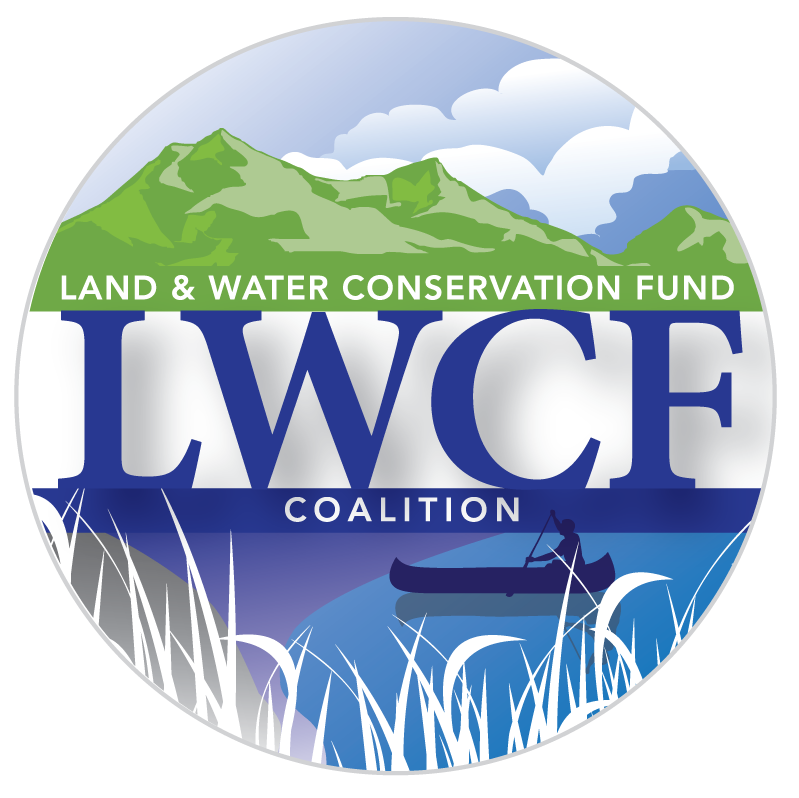Swimming Spots Protected by LWCF
Looking for places to beat the summer heat? The Land and Water Conservation Fund (LWCF) has provided funding for thousands of great swimming spots from our national seashores and lakeshores to city pools, riversides, and beaches.
Through the State and Local Assistance program, LWCF has invested approximately $106 million in swimming pools and $6.4 million in splash pads and parks across America, from small towns to big cities. That is on top of the $153 million that has protected beaches along our nation’s rivers, lakes, and oceans.
LWCF has also safeguarded our public lands along America’s coastlines, lakes, and rivers, increasing access to the water and recreation opportunities for all. These include places like Sleeping Bear Dunes National Lakeshore in Michigan, Biscayne National Park in Florida, Acadia National Park in Maine, and Assateague National Wildlife Refuge in Maryland.
We’ve picked a handful of excellent spots across the country where you can take a swim and enjoy the outdoors. Wondering if your local pool, beach, river, or lakefront has received LWCF funding? Check out our interactive map. It’s very likely your summer fun has been made possible by LWCF!
Confluence Park, Denver
The recently revamped Confluence Park in Denver was partially funded through the LWCF State and Local Assistance program. This park is named after the confluence of the South Platte River and Cherry Creek and has been a staple of the city of decades. The renovations to the park have made it accessible and more family friendly, including spaces for summer concerts, kayak rentals and other fun amenities for Denverites. Just looking to cool off? Cherry Creek has an excellent swimming area and plentiful sand for kids to build castles. Stay cool, Denver.
Photo Credit: Denver Parks and Recreation
Cape Cod National Seashore, Massachusetts
Just a day-trip away from Boston, Providence, and millions of people on the east coast, Cape Cod National Seashore is visited by more than 4.5 million people annually. It has six swimming beaches, over 11 miles of self-guided nature trails, a variety of picnic areas, scenic overlooks, historic building tours, and many fishing opportunities. Over $39 million in LWCF funding has gone to Cape Cod National Seashore, protecting this coastal area from development so all can enjoy the natural beauty of the beach.
Photo Credit: National Park Service
Indiana Dunes National Park, Indiana
Only an hour from Chicago, Indiana Dunes National Park consists of 15,000 acres of primitive, beautiful, historic, and unique Hoosier landscape, including 15 miles of beach along Lake Michigan’s southern shore. Large sand dunes, which formed over thousands of years, tower nearly 200 feet above Lake Michigan. Visitors can fish and swim in Lake Michigan, hike on 50 miles of trails, and picnic along the water. This beautiful lakeshore, which was established as the 61st National Park this past year, has received over $84 million in LWCF funding.
Photo Credit: National Park Service
Stewart Beach, Galveston
A great family friendly activity for all ages, Stewart Beach in Galveston is an excellent place to spend a hot summer day. Located where historic Broadway Avenue meets the Seawall, Stewart Beach offers plenty of space to play and enjoy your time outside with activities like beach volleyball and summer sand castle contests. LWCF has invested $390,000 in Stewart Beach ensuring continued and much needed public beachfront access for both residents and visitors to Galveston.
Photo Credit: Galveston Park Board
Jones Beach State Park, New York
Located less than 20 miles from New York City, Jones Beach State Park encompasses 2,400 acres on Long Island and includes a 6.5 mile beach that is enjoyed by many each year. In addition to providing public beach access, there are a variety of activities for visitors including fishing, miniature golf, shuffleboard, basketball, a swimming pool, nature center, and trails for bicycling. Since 1966, LWCF has invested $17 million in Jones Beach State Park, providing necessary funding to improve the park and guarantee access to the beach for millions of nearby residents.
Photo Credit: New York State Parks
Cannon Beach, Oregon
When you think of the Oregon coast, the image of Haystack Rock and the Needles often comes to mind, both of which are located just off the coast of Cannon Beach. Haystack Rock is one of Oregon’s Marine Gardens and is protected as part of the Oregon Islands National Wildlife Refuge, providing habitat and viewing of a wide range of seabirds, including the most accessible colony of Tufted Puffins in the Northwest. Haystack Rock's tidepools are home to many intertidal animals, including sea stars, anemone, crabs, chitons, limpets and nudibranchs. The most colorful and visible creatures are the sea stars that are exposed at low tide and the large green anemones just below the water surface. LWCF has invested in both Cannon Beach and surrounding coastline.
Photo Credit: Cannon Beach Commercial Club
Cape Hatteras National Seashore, North Carolina
Cape Hatteras National Seashore, the nation’s first national seashore, was established in 1937 to preserve significant segments of barrier islands along North Carolina’s stretch of the Atlantic Coast. Visitors can spend the day or night in one of the seashores many campsites. Things to do include: swimming, hiking, fishing, kayaking, kite-boarding, snorkeling, surfing, and many other water-friendly activities. LWCF has invested $2.5 million in Cape Hatteras National Seashore.
Photo Credit: National Park Service
Top Photo: Biscayne National Park, Credit: Shaun Wolfe







